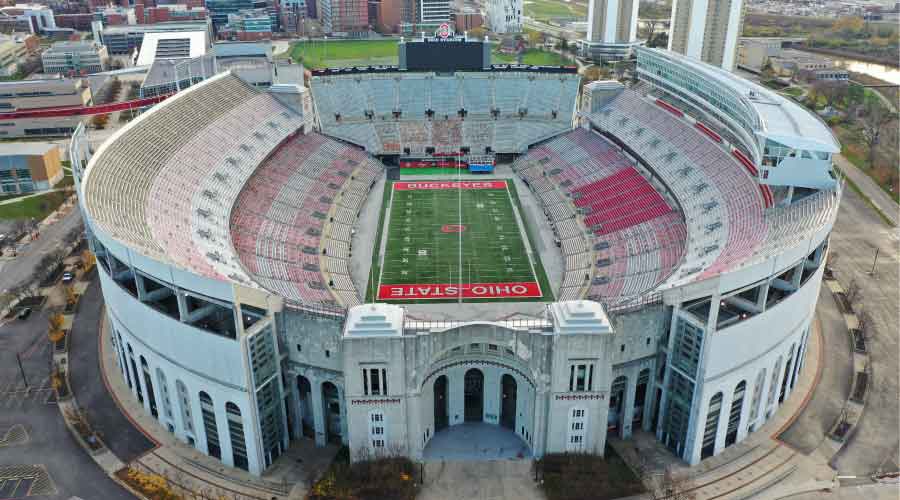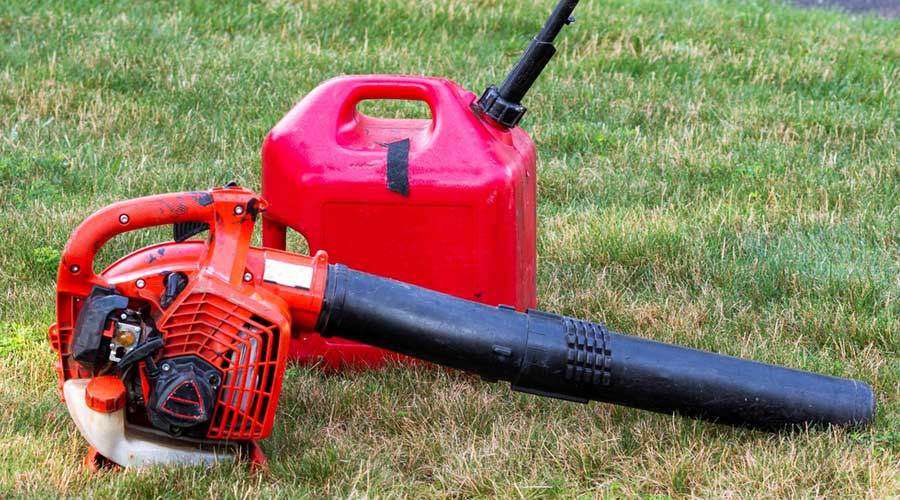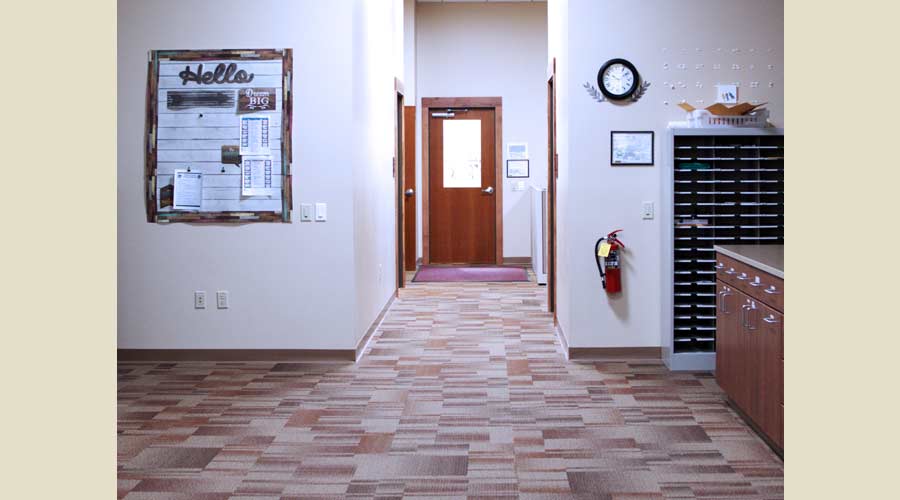
Universities Respond to Problems as Students Return to Campuses
University of North Carolina and Georgetown University among the campuses to address issues in facilities. October 24, 2022
By Dan Hounsell, Senior Editor
The arrival of fall means the return of students to the nation’s colleges and universities. In some cases, it also means the return of problems as students interact with facilities and campuses. The most tragic incident was the death of a 19-year-old man at Lewis and Clark College when a 9-foot-tall masonry column collapsed in late August. More often, the problems involve aging facilities and equipment in need of repair and university facilities management departments trying to address an increase in reported problems.
At Kent State University in Ohio, university housing on Sept. 22 sent an email to residents living in the Eastway complex notifying them that they were addressing mold concerns in the four residences connected to the Eastway dining hall. The issues were found to be dust and dirt on louvers of heating and cooling units. In less than 5 percent of cases, high humidity caused mold or mildew to develop on the louver, according to the university.
University housing later sent another email to all students living in residence halls, explaining that the louvers are being "wiped down and cleaned with a peroxide solution. In a handful of rooms with a high humidity level, UFM [University Facilities Management] staff have found mold. In rooms where there was more substantial mold growth, students were offered the chance to relocate so we could do a more thorough cleaning of the room," according to the email.
At the University of North Carolina, campus officials are dealing with reports that it has found detectable levels of lead in the drinking fountains and sinks of eight campus buildings, including Fordham, Hamilton, Manning, Phillips, Carrington and Isaac M. Taylor Halls, along with South Building and Wilson Library.
After additional testing in Wilson Library, detectable levels of lead were found in four drinking fountains and 14 sinks. One drinking fountain on Fordham Hall's third-floor yielded over 44 times the detectable lead threshold set by the U.S. Environmental Protection Agency. In Hamilton Hall, a fifth-floor fountain had nearly 27 times the threshold for action, and in South Building, a fountain had 34 times that amount.
Problems at Georgetown University involved student complaints of slow responses to reported maintenance problems in university housing. Two weeks after a student moved into her apartment, she noticed water steadily leaking from the ceiling. She called facilities and immediately set up buckets to collect the water. A few days after her first call, facilities workers came and removed parts of the ceiling to allow the piping and insulation to dry out, saying they would come back to replace the missing chunks of the ceiling. Maintenance did not return to fix the ceiling until almost a month later, the student says.
The university’s student newspaper says it has spoken to three students who have reported submitting work orders for problems in their residences and having to wait weeks for them to be resolved. A university spokesperson said the university responds to facility work requests and other student reports in a timely manner.
Dan Hounsell is senior editor of the facilities market. He has more than 25 years of experience writing about facilities maintenance, engineering and management.
Next
Read next on FacilitiesNet












